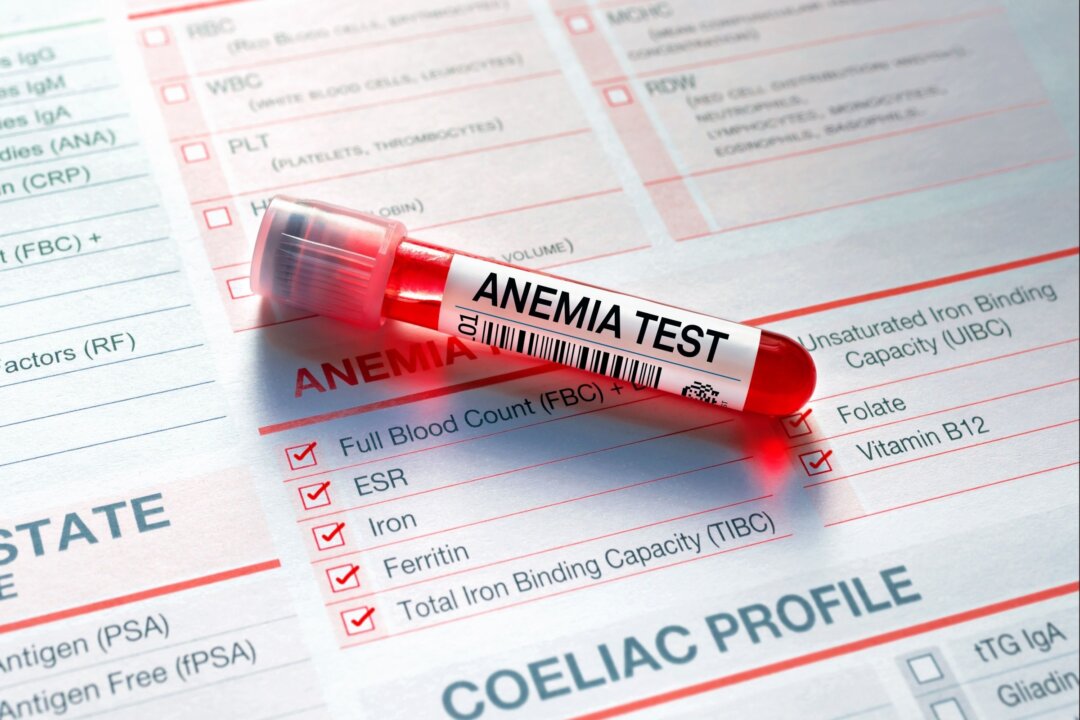Anemia is a common yet stealthy condition with often overlooked or unnoticed symptoms. The condition can significantly impact one’s health and well-being, making early detection through regular screening critical for effective management and treatment. The study revealed the prevalence of anemia was significantly higher in women than men up until ages 55 to 59, at which point it was more prevalent in men.
Anemia diagnoses considerably increased with age, reaching 33.4 percent for participants over 75 years of age, and the study found that “Prevalence increased more rapidly with age in men than in women.” Iron-Deficiency Vitamin Deficiency Vitamin B12 is necessary for making red blood cells.

Folate is also vital for the formation of red blood cells. Vitamin B6 deficiency is less common, but low levels can affect hemoglobin production. Hemolytic Anemias Aplastic Sickle cell Chronic diseases Pregnancy Bone Marrow Disorders Chemotherapy drugs and cancer treatments, such as radiation and chemotherapy , can all contribute to anemia.
Nonsteroidal anti-inflammatory drugs , including ibuprofen and aspirin, can lead to GI tract bleeding . Antibiotics, such as penicillin or cephalosporins , may lead to anemia in some cases. Anticonvulsants used to treat epilepsy are associated with anemia.
ACE (angiotensin-converting enzyme) inhibitors used to treat and manage hypertension may lead to mild anemia. Antiretrovirals , a class of drugs used to treat HIV, are a risk factor for developi.























